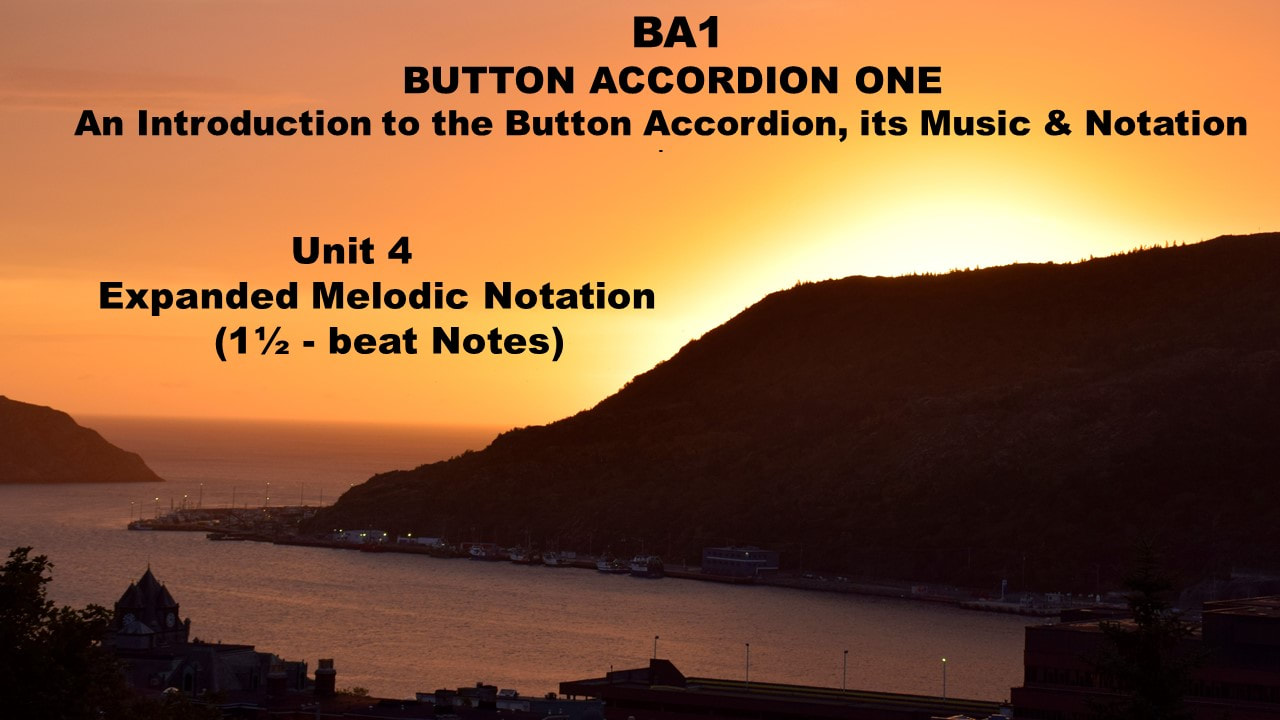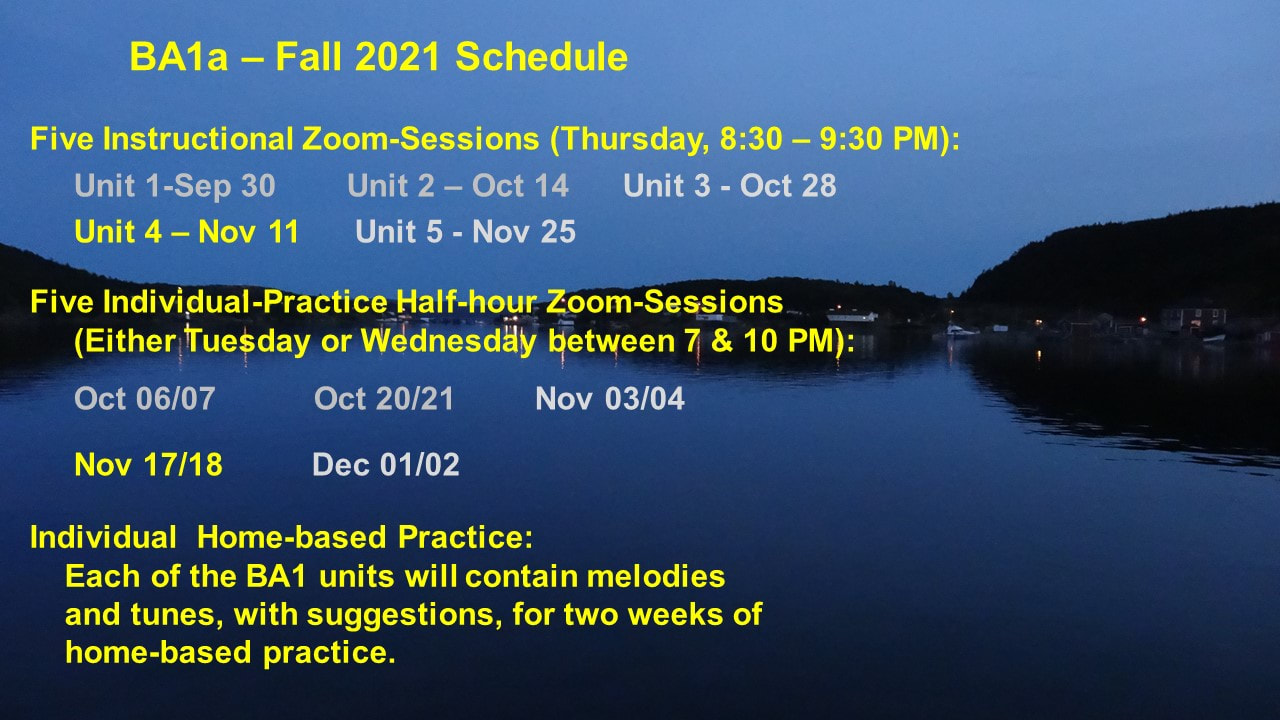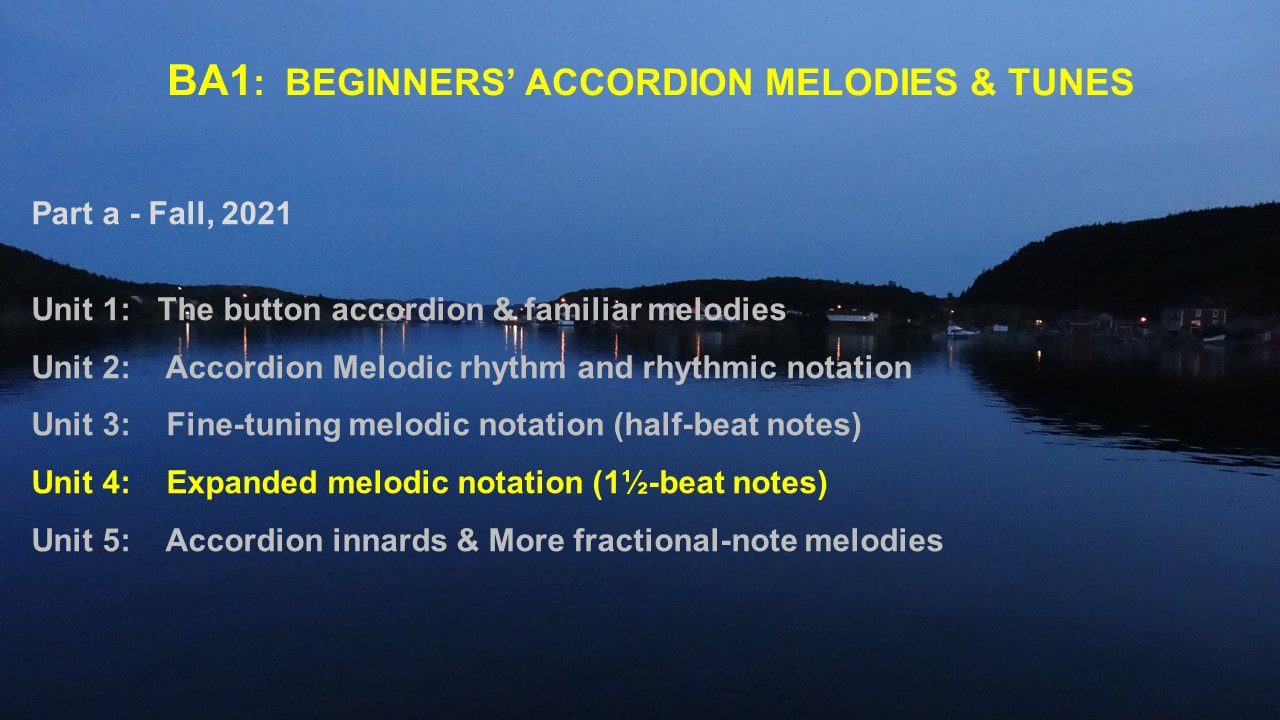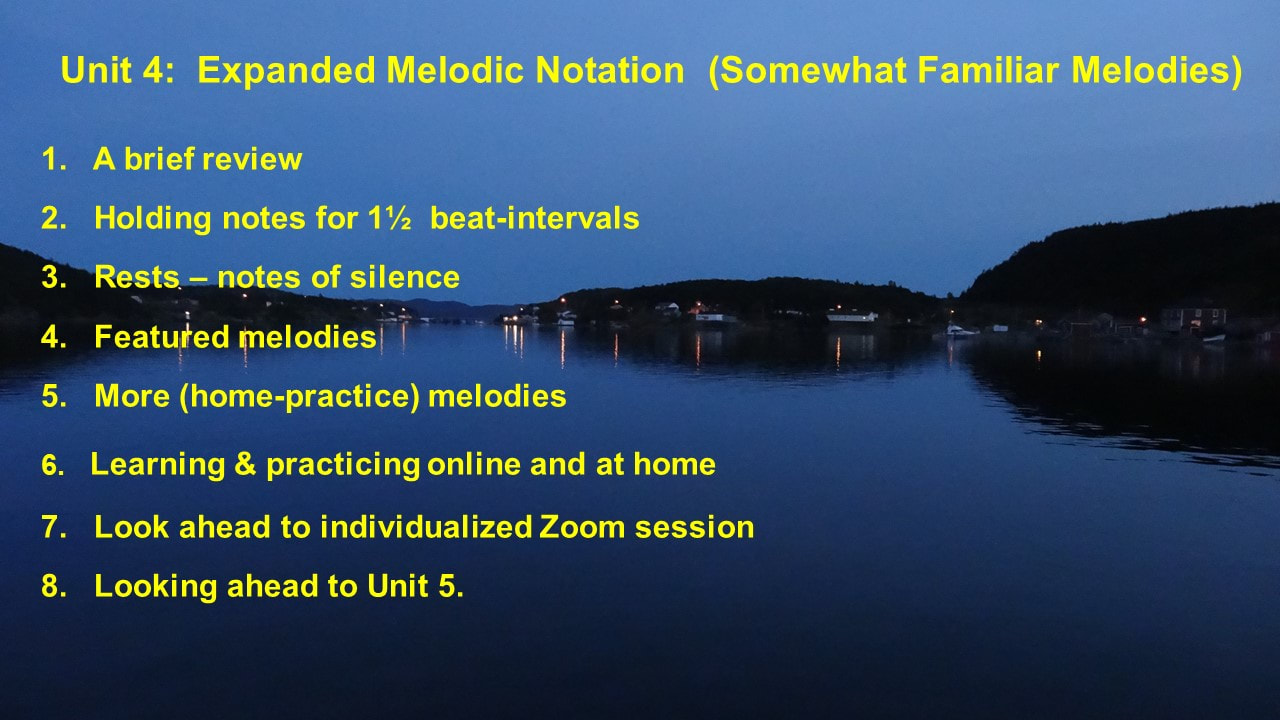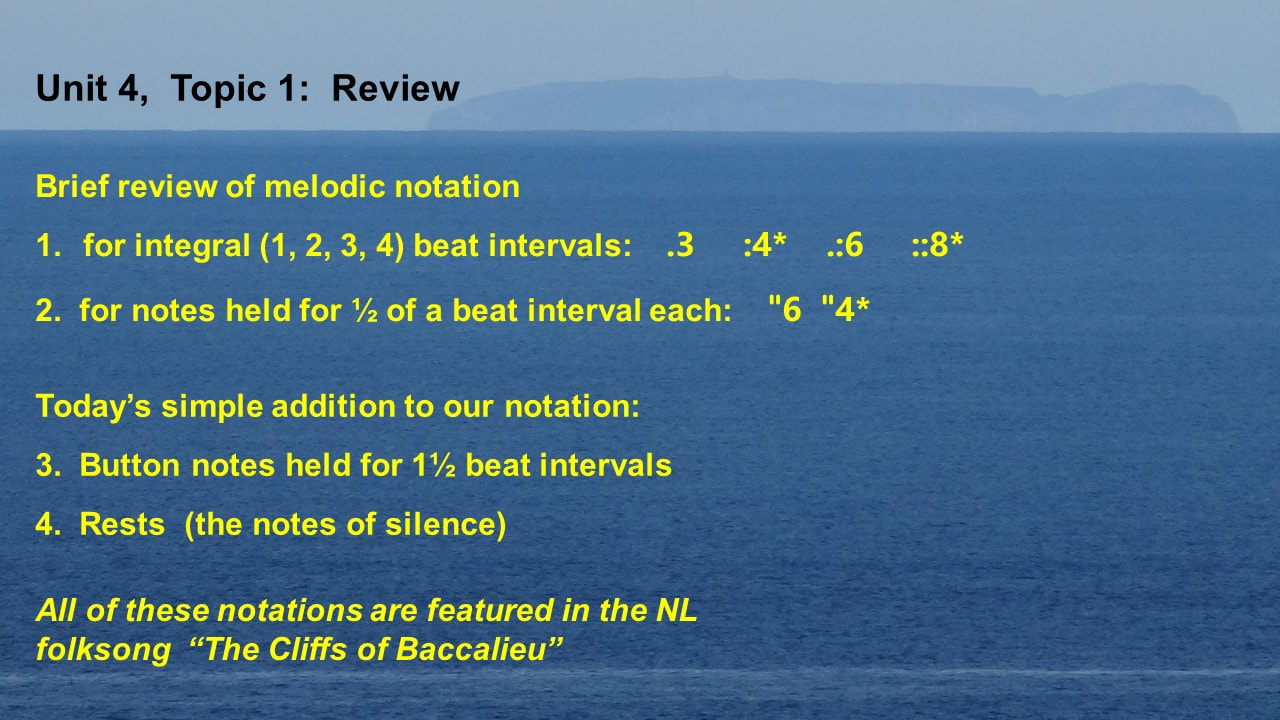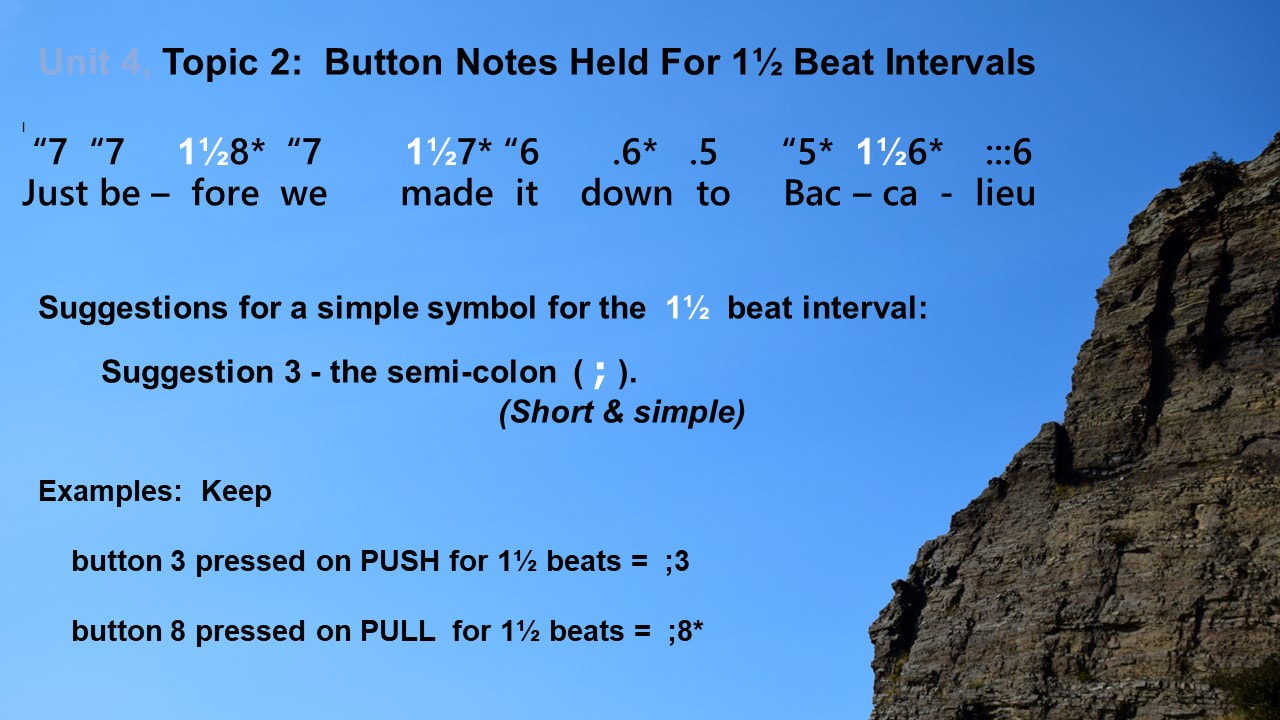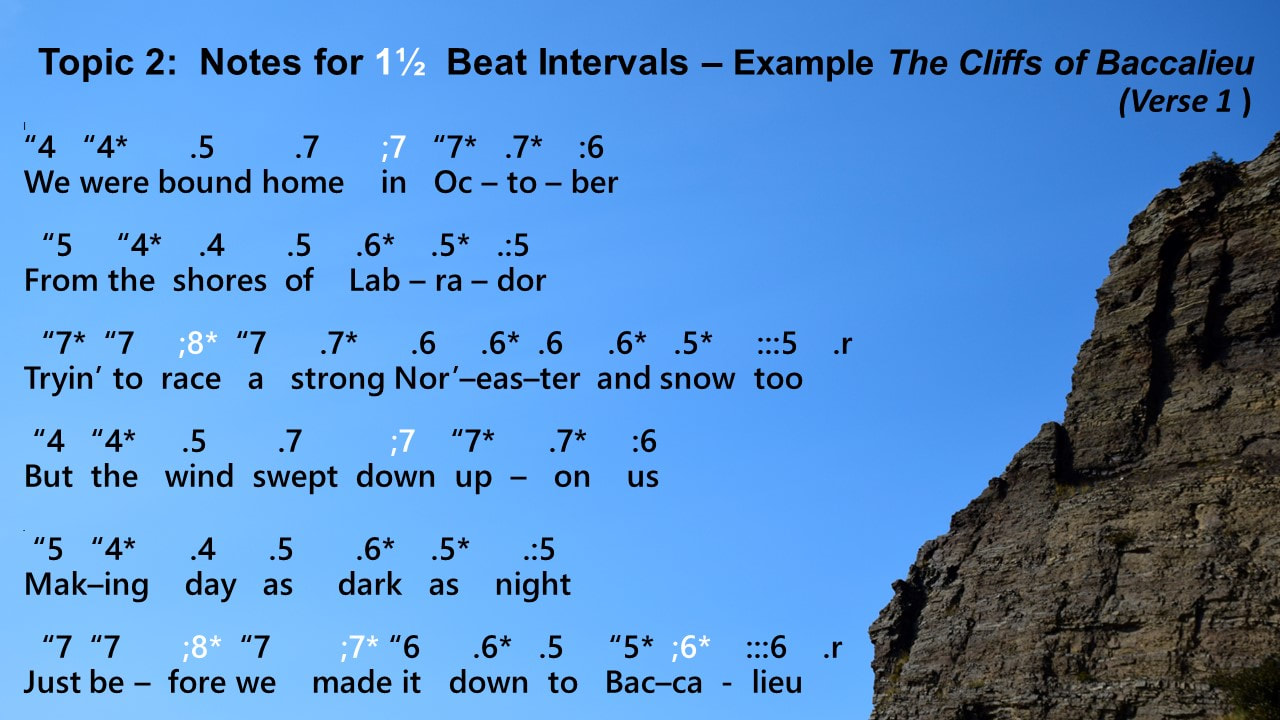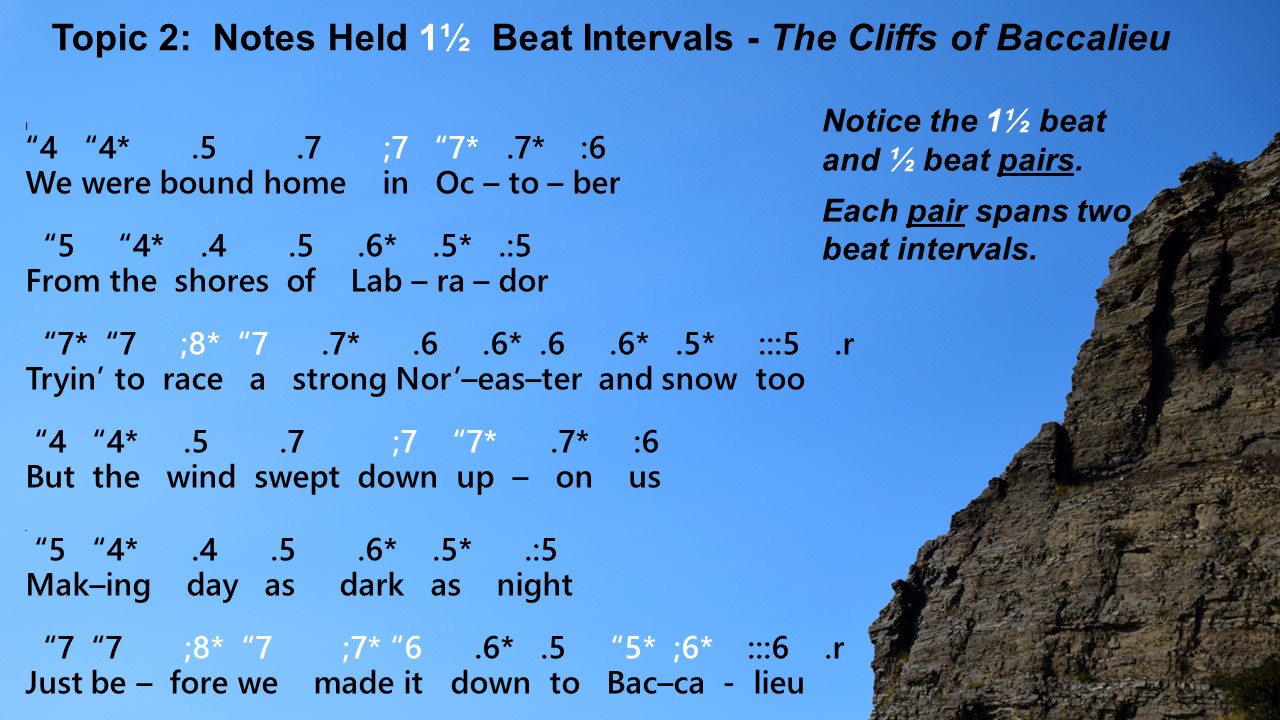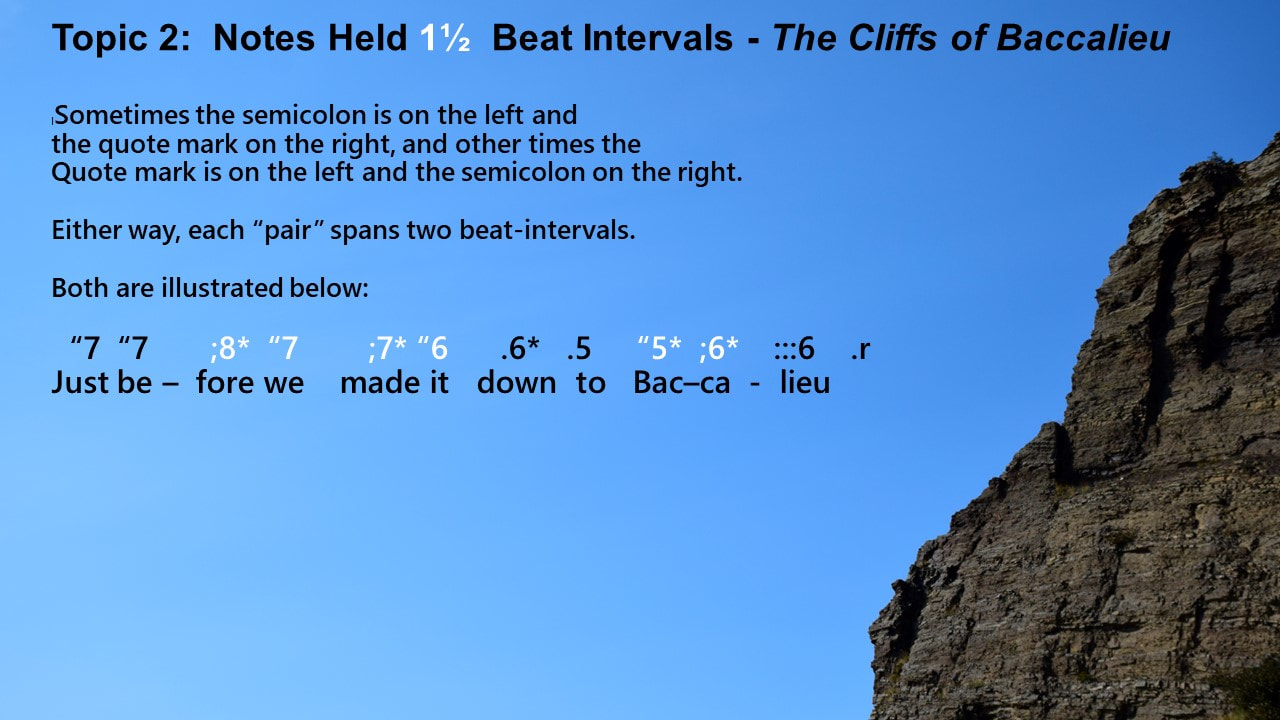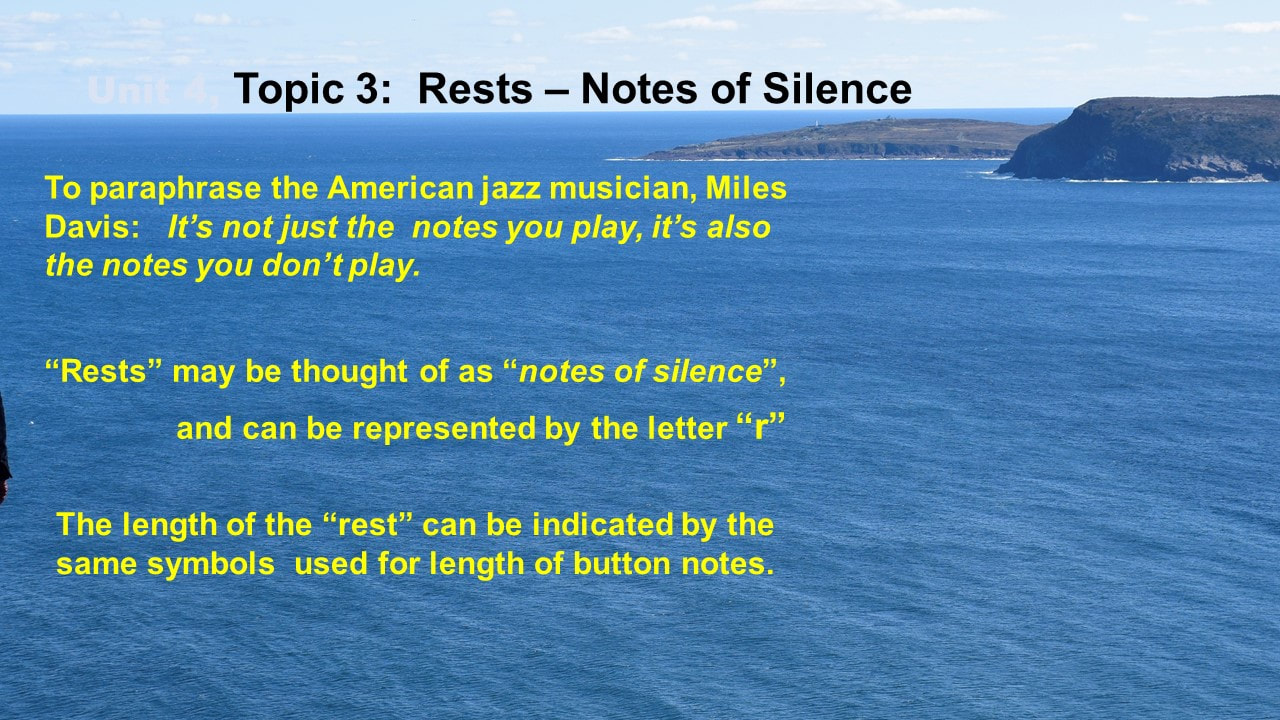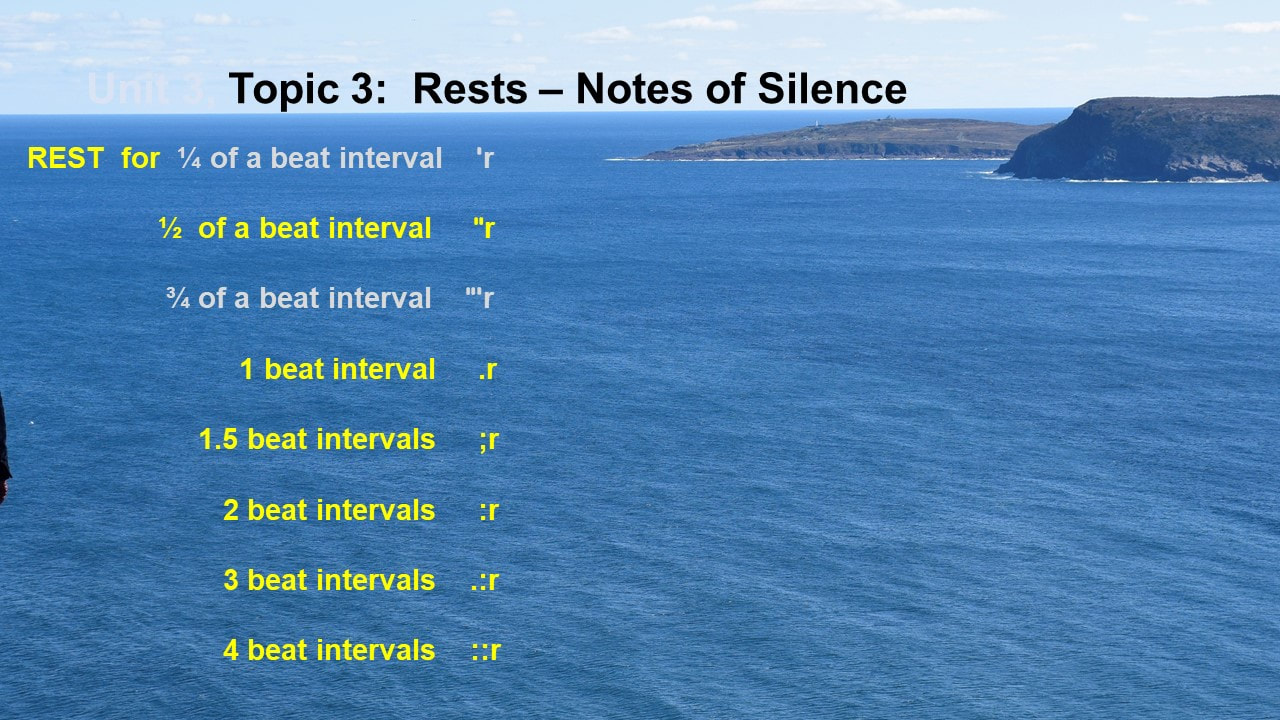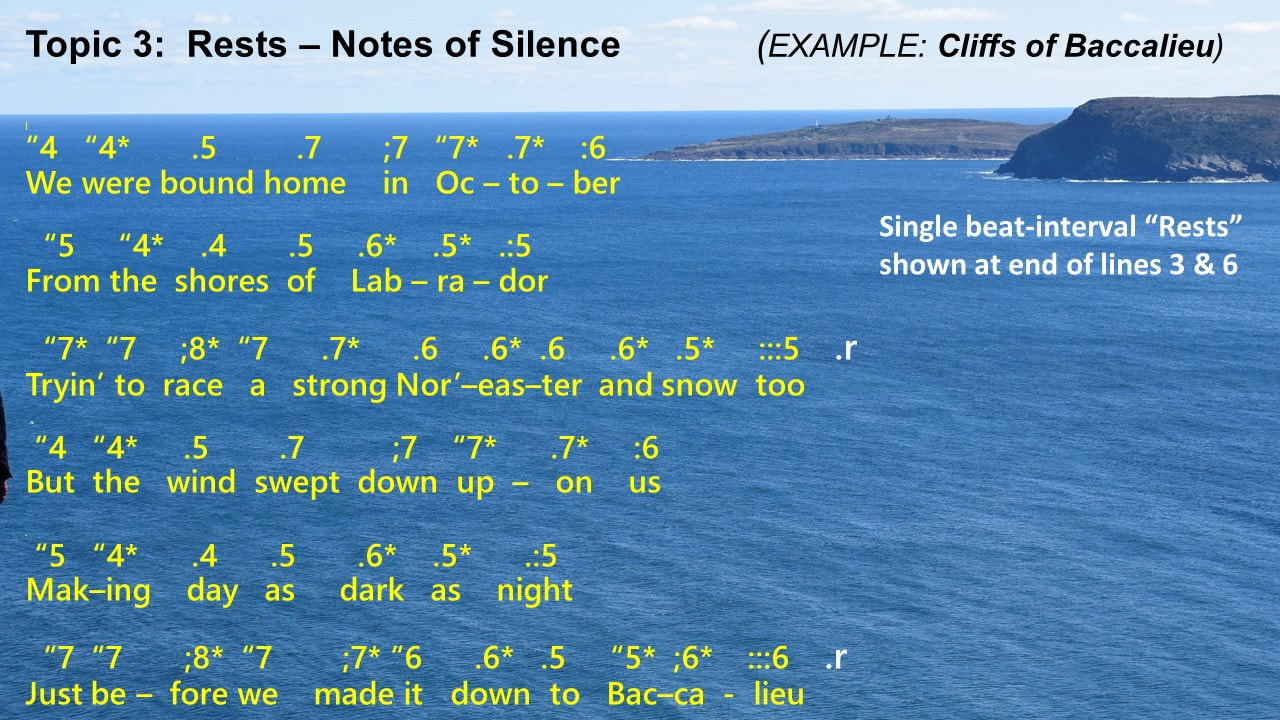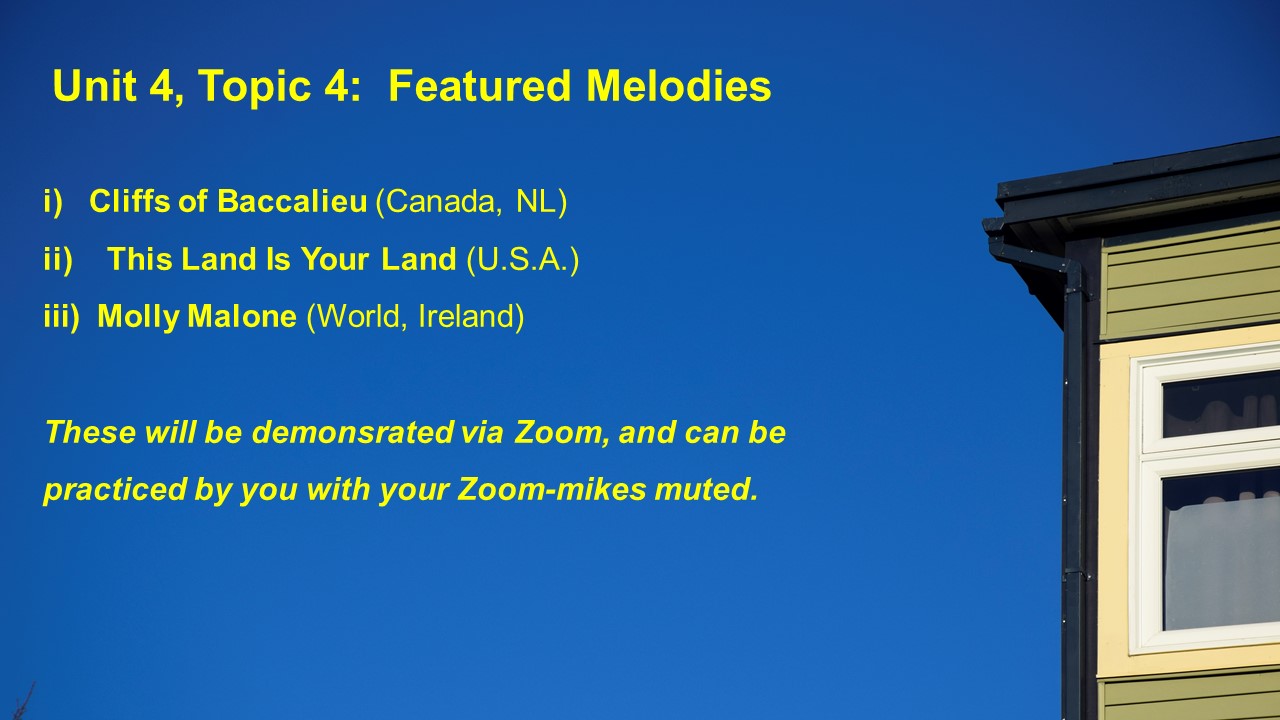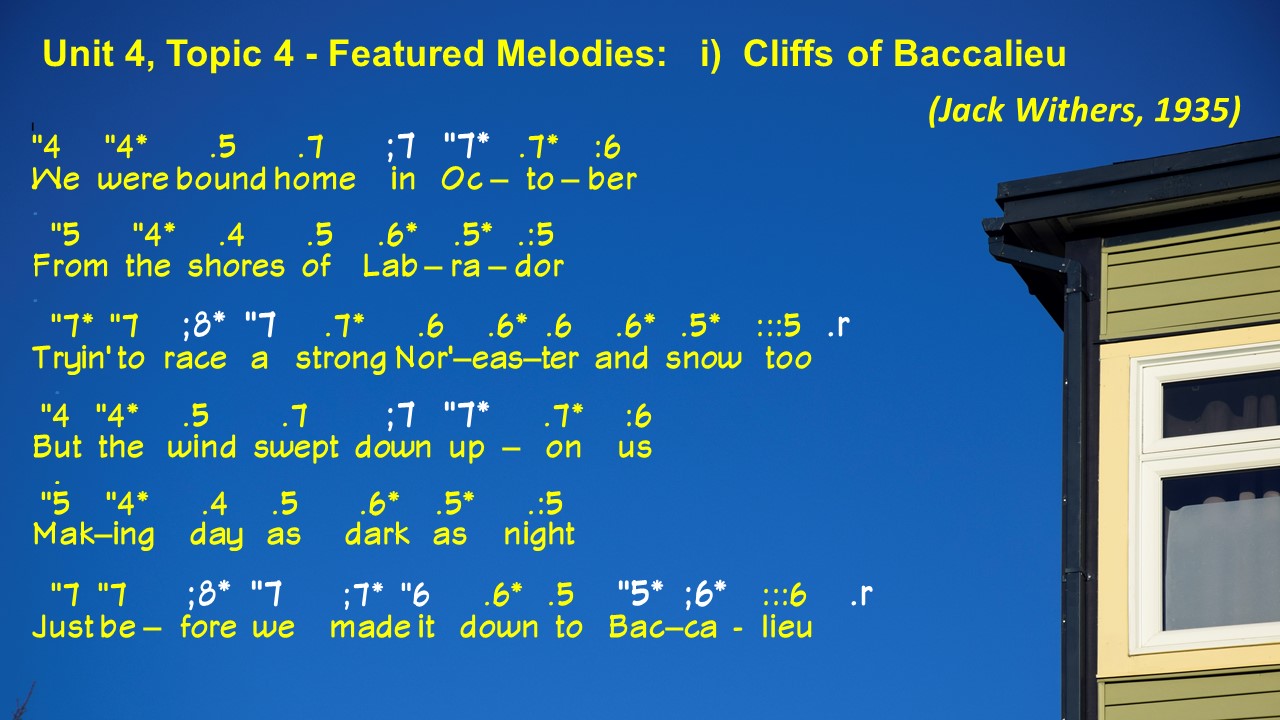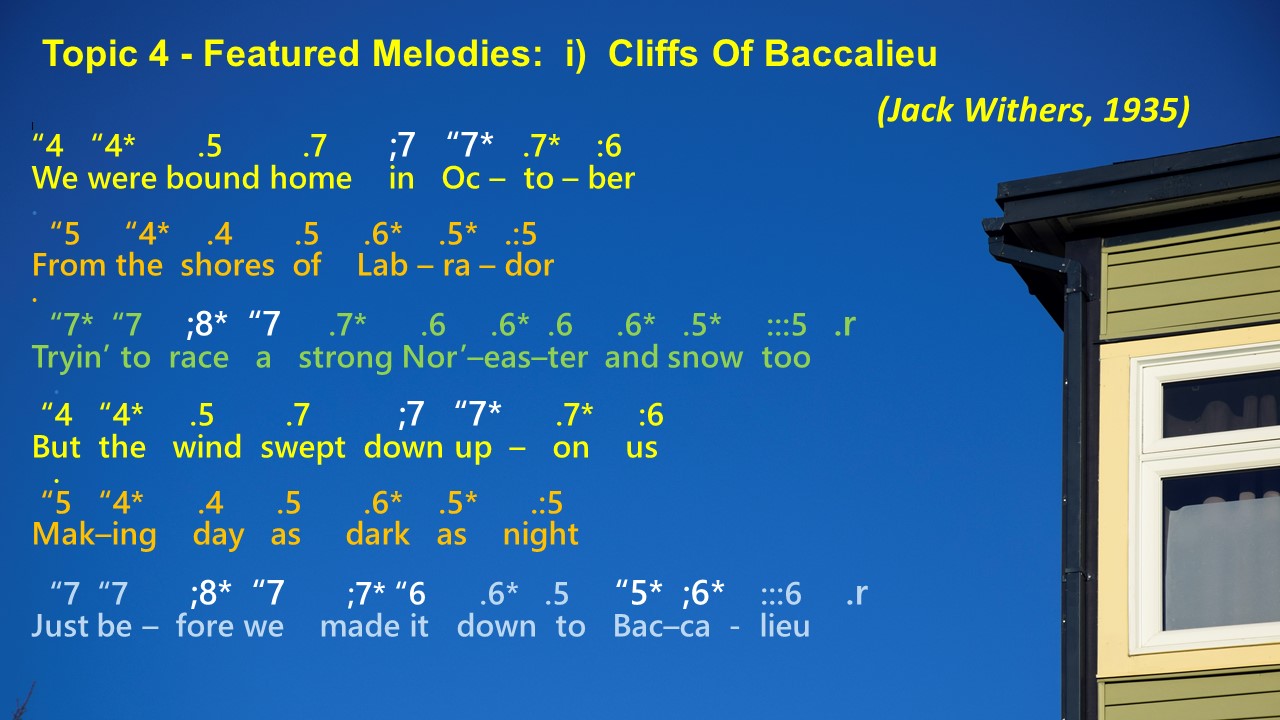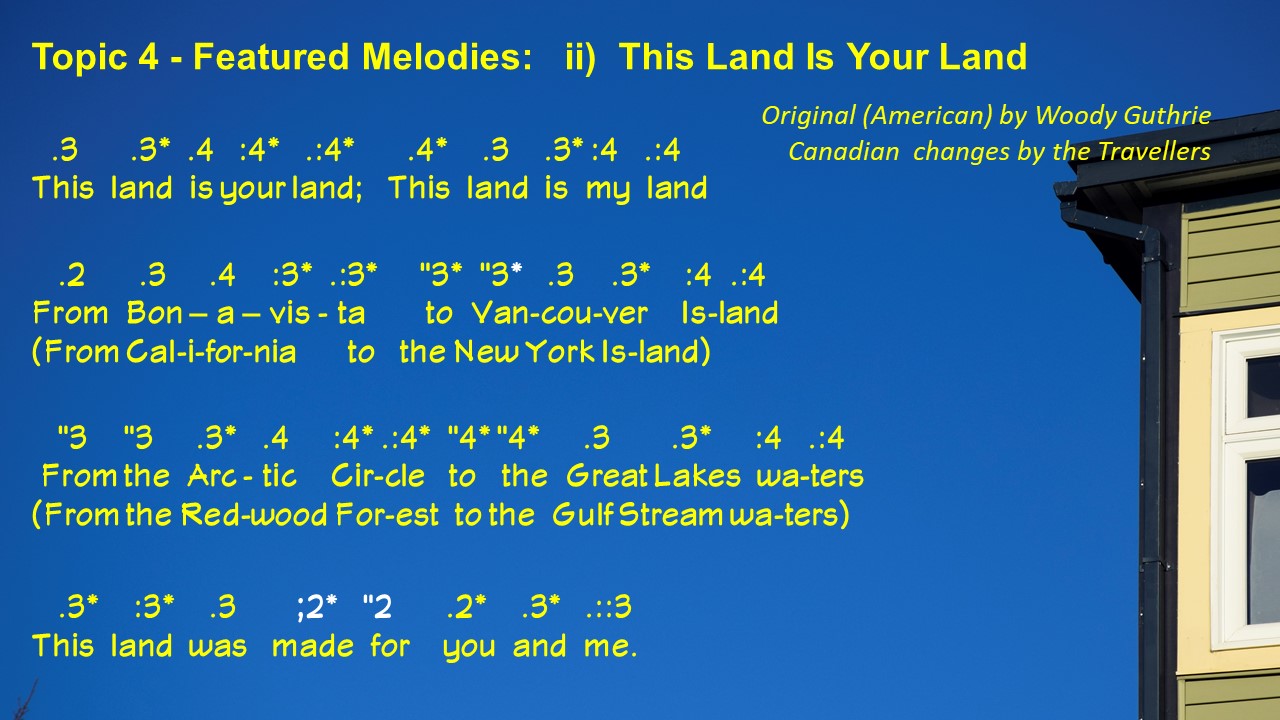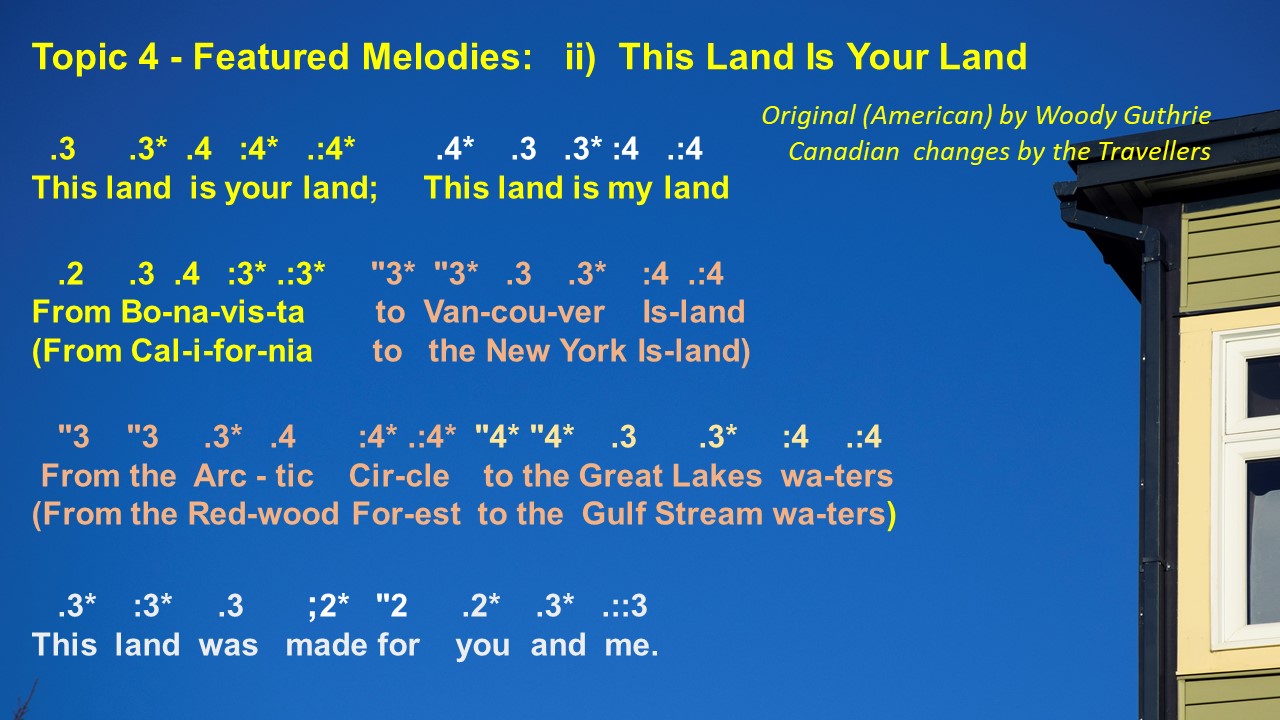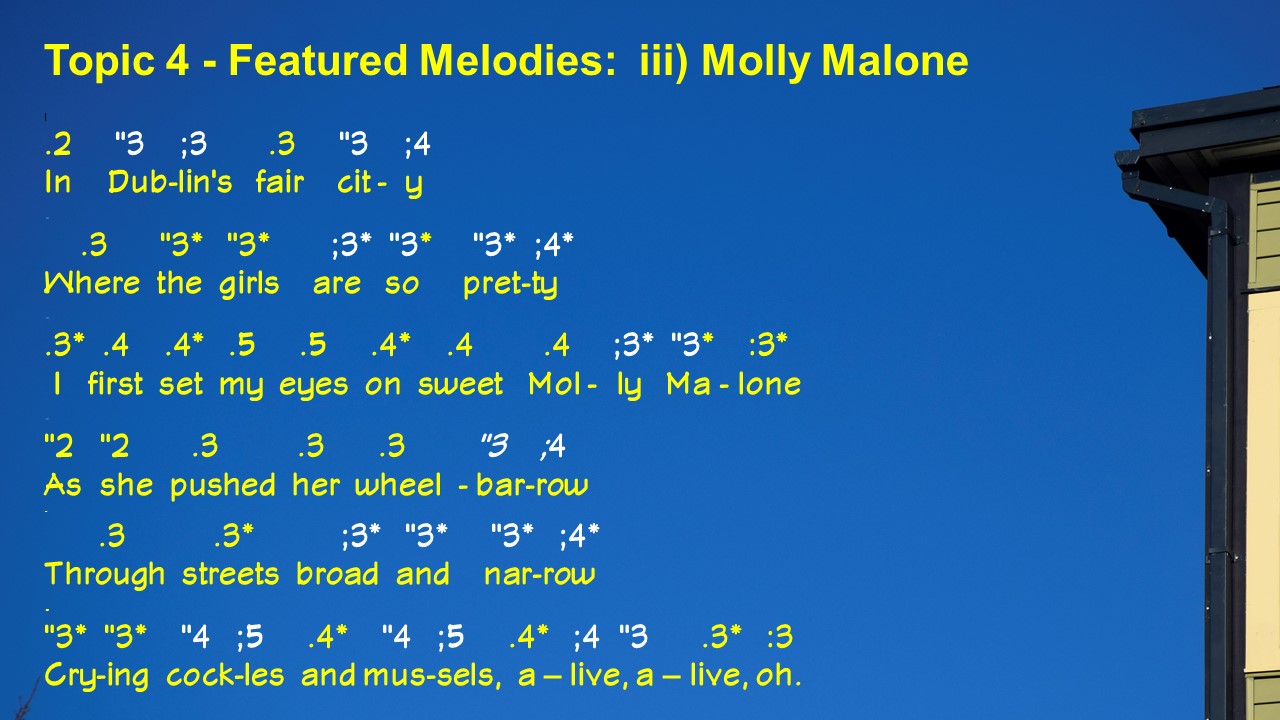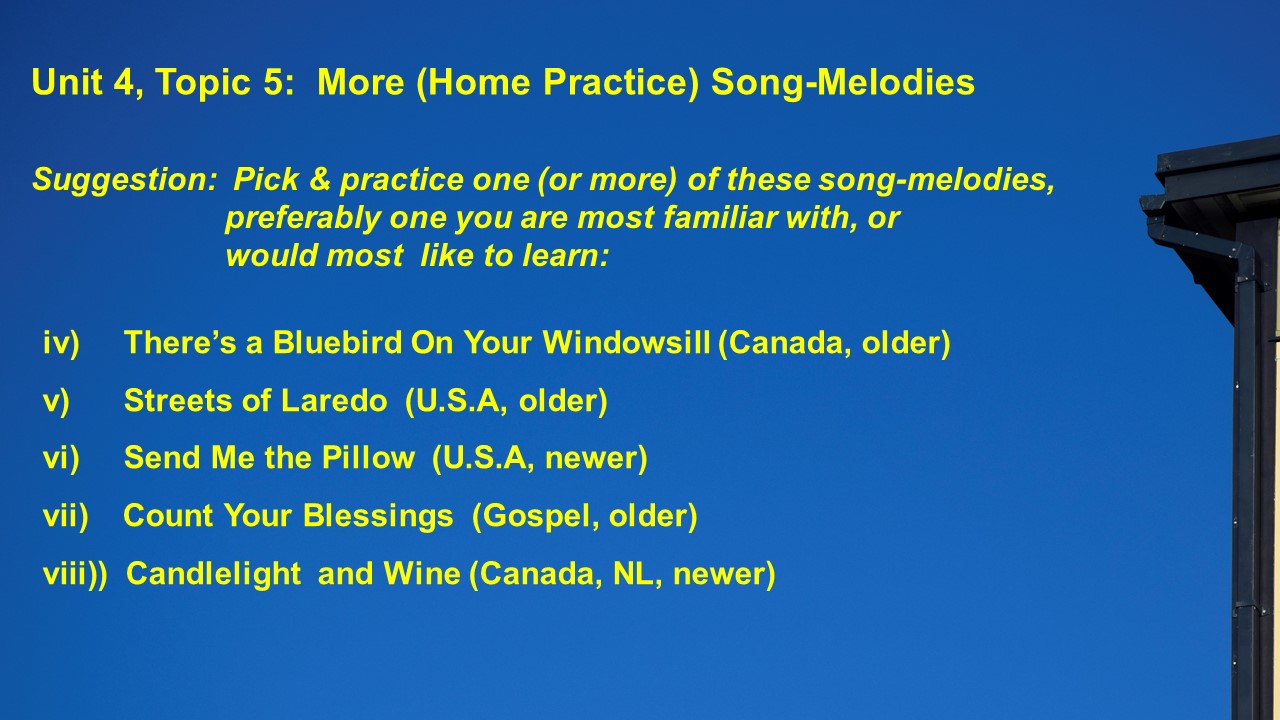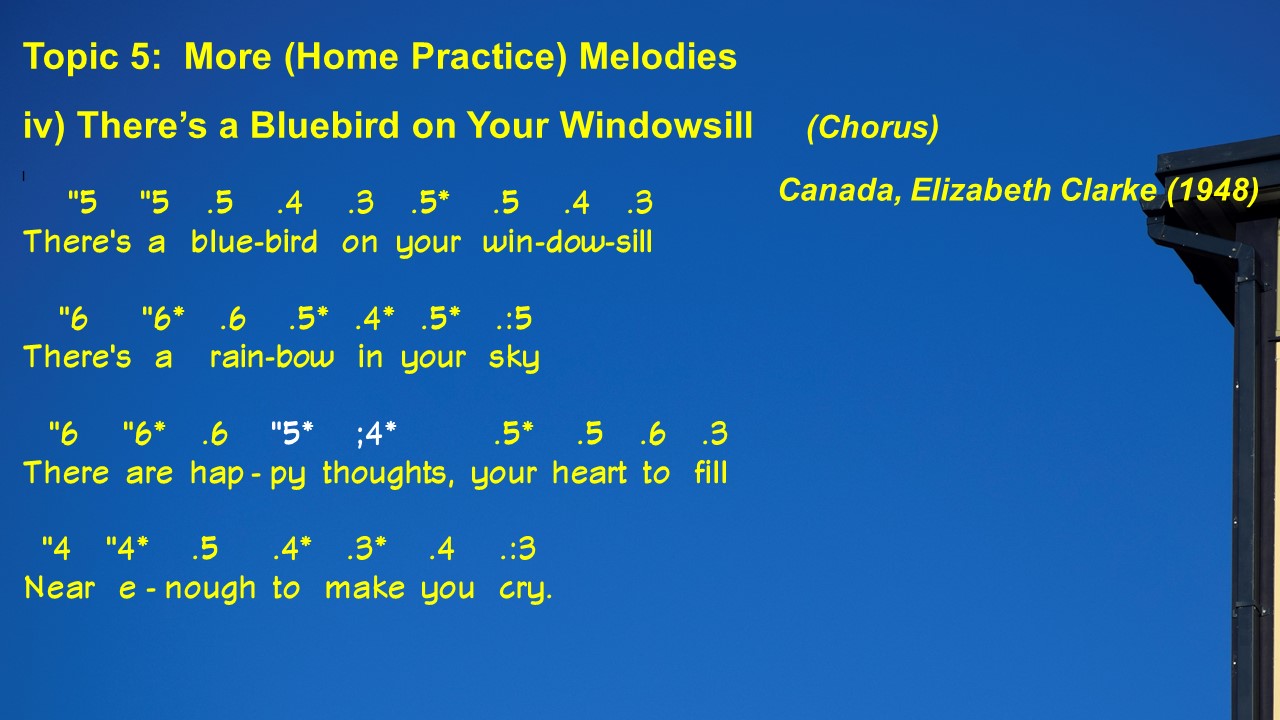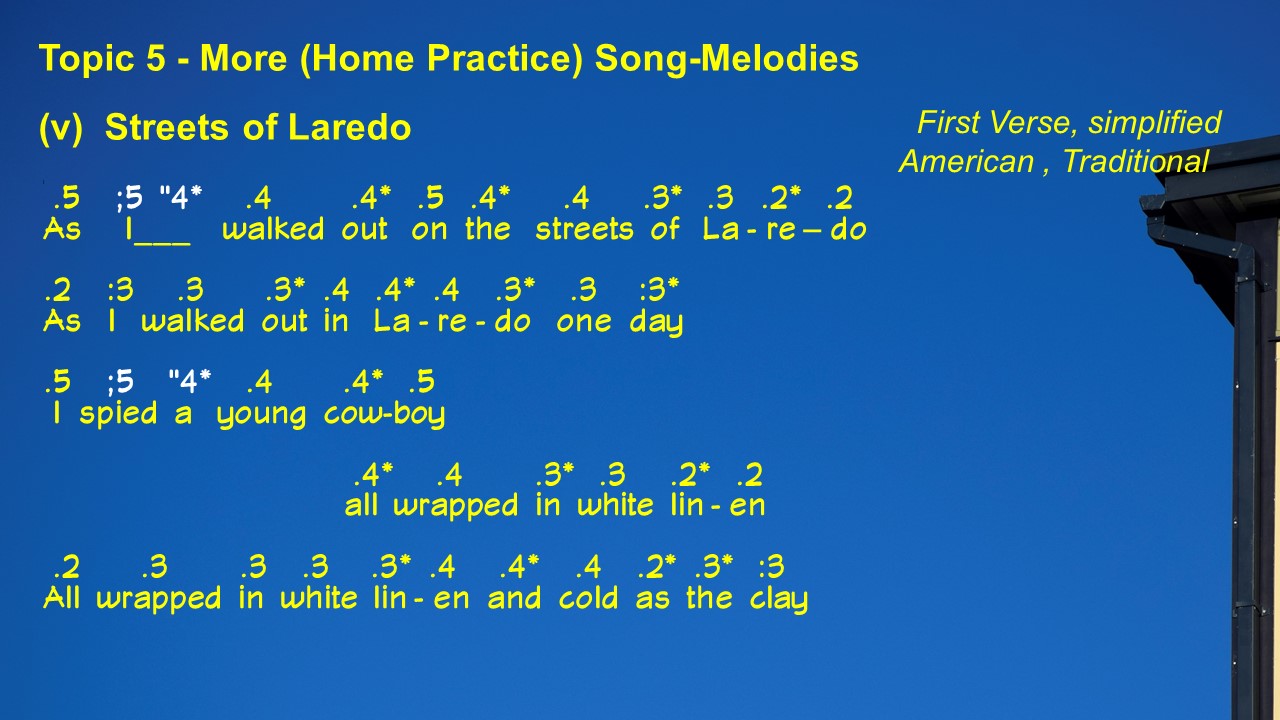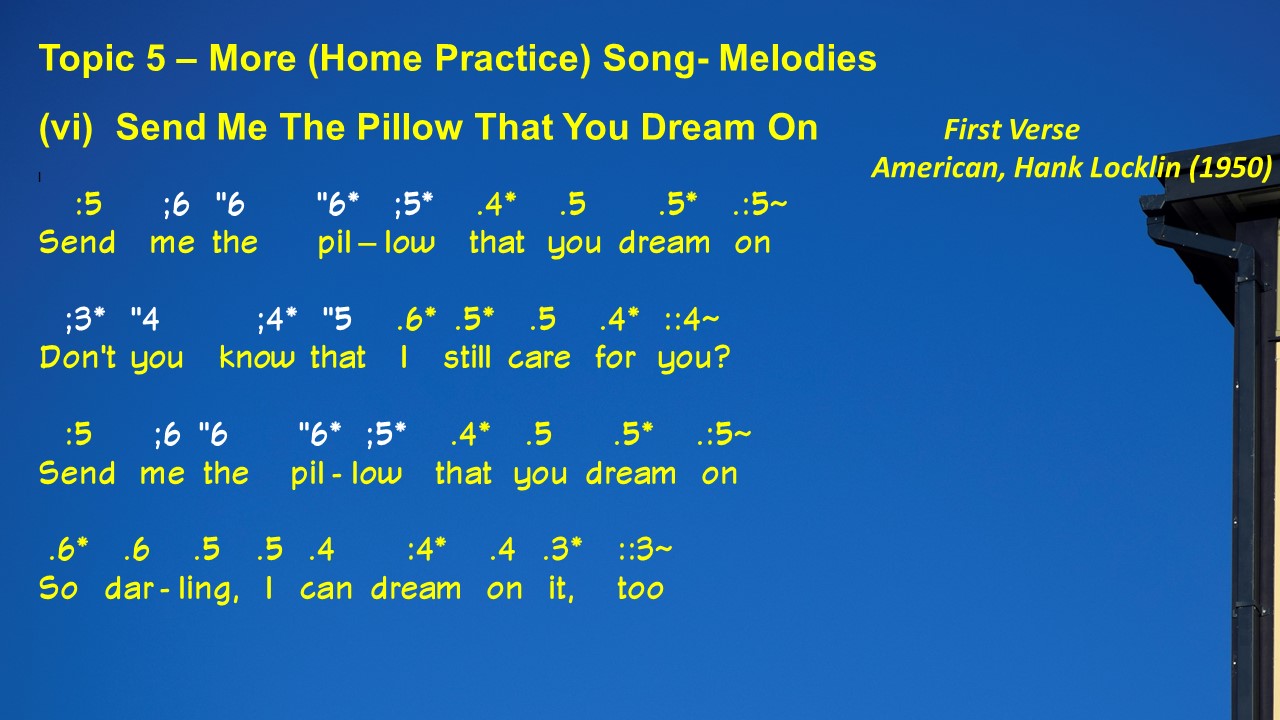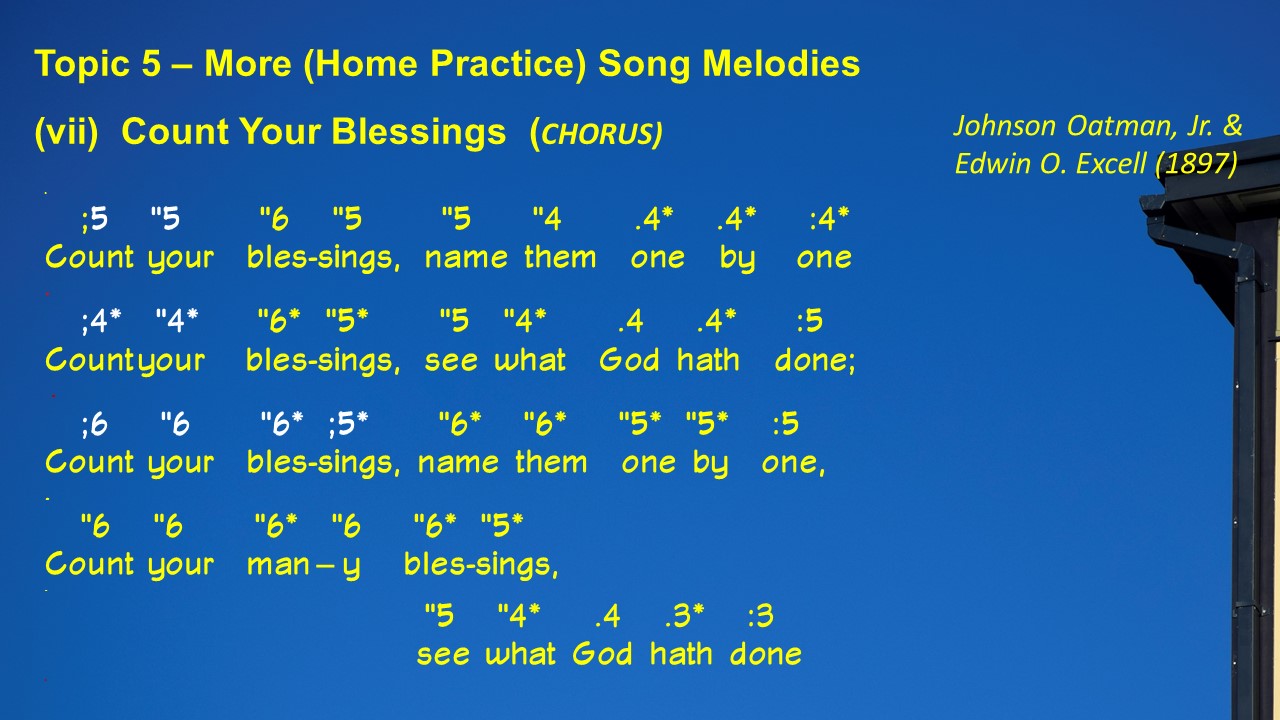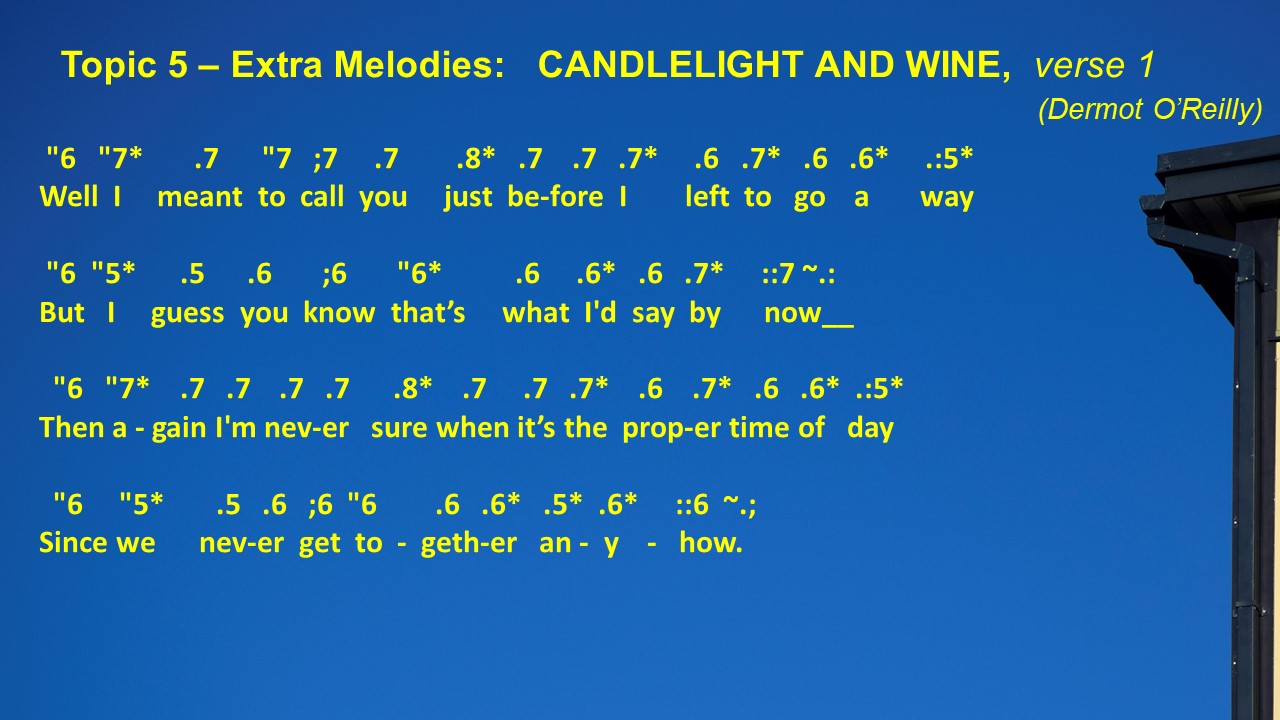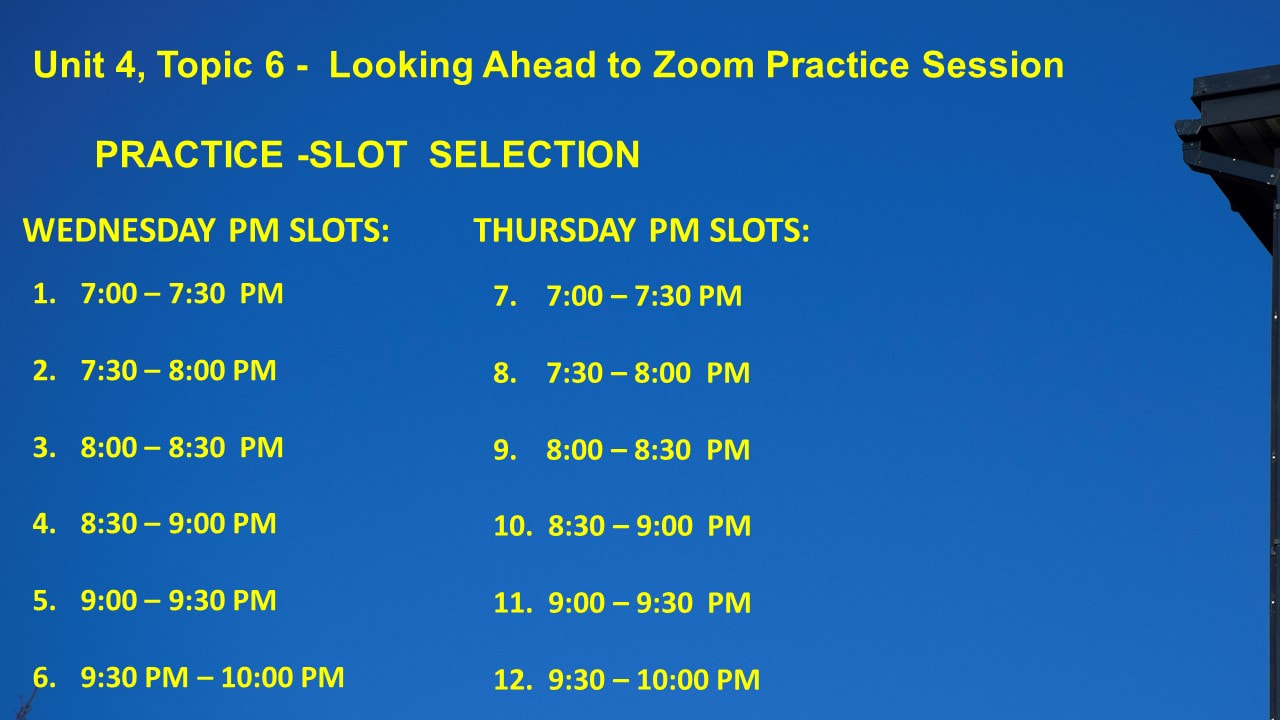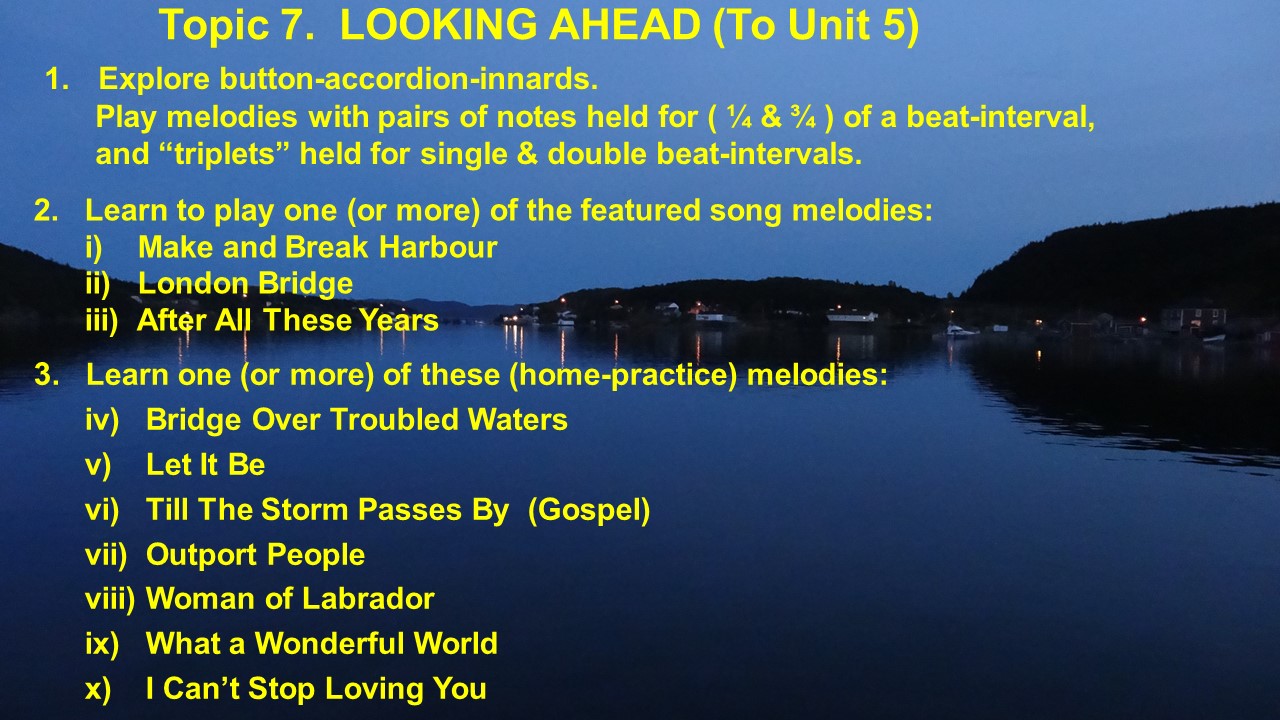Button-Accordion Program
(Dual-row G-C, A-D, C-F & D-G with Accidentals)
Based on tunes2play4fun.com & Facilitated by ZOOM
MINI-COURSE BA1
Basic Melodies
UNIT FOUR (of Four)
Expanded Melodic Rhythm & Notation
(for Somewhat-Familiar Song-Melodies)
(Dual-row G-C, A-D, C-F & D-G with Accidentals)
Based on tunes2play4fun.com & Facilitated by ZOOM
MINI-COURSE BA1
Basic Melodies
UNIT FOUR (of Four)
Expanded Melodic Rhythm & Notation
(for Somewhat-Familiar Song-Melodies)
SLIDES (Compacted)
Web Slide 1 Zoom Slide 1
Web Slide 1 Zoom Slide 1
|
Slide 3 - Schedule
All learning involves (supported) self-teaching. The Zoom-based instructional (one-hour) and individualized (half-hour) sessions, along with the BA1 web pages and embedded youTube videos, are forms of support. The real learning and skill-development takes place in your "fun" at-home practice sessions. |
|
Slide 4 - BA1 Fall-Outline
In Unit 2 we played button-notes that were held for integral beat intervals (single-beat, double-beat, etc.) In Unit 3 we fine-tuned our melodic timing to play button-notes that were held for half a beat interval. In this Unit we will expand the notation to cover one and a half beat intervals. |
Slide 5
|
Slides 6 to 9 - Topic 1
In Units 3 & 4 we met and practiced holding button notes for multiple beats and for three important fractions of a beat. However, many melodies have notes that are held for one and a half beat intervals, and some include "rests". We need simple and appropriate symbols for these extensions of our notation. |
|
Slides 10 to 15 - Topic 2
First line of a popular NL song-melody "Cliffs of Baccalieu". This line has three notes that are usually held for 1.5 (that is, one and a half) beat intervals. In our Zoom session we looked at three possible symbols, and selected the semi-colon. It consists of a period on top of a comma. |
Slide 8
An ASIDE (Slides 19 & 20): The previous slide reminds me of two dogs, a large one, named Semicolon, and a small one, named Quote. They are at play in the photos below. Though the order (of which dog is on the left and which dog is on the right) is different, in each photo, between them, they span two bark-intervals (My feeble attempt at humour). Photo compliments of pixabay.com
An ASIDE: Sheet music often includes both the notes for the singer and the notes for the instruments. The singer's part usually includes more & longer "rests" than the instrumental part.
An ASIDE: Molly Malone may be a difficult learn for beginners not familiar with the melody, because (1) there are no simple rhythmic patterns, and (2) over half of the notes involve fractional intervals
Slide 19
Slide 22
